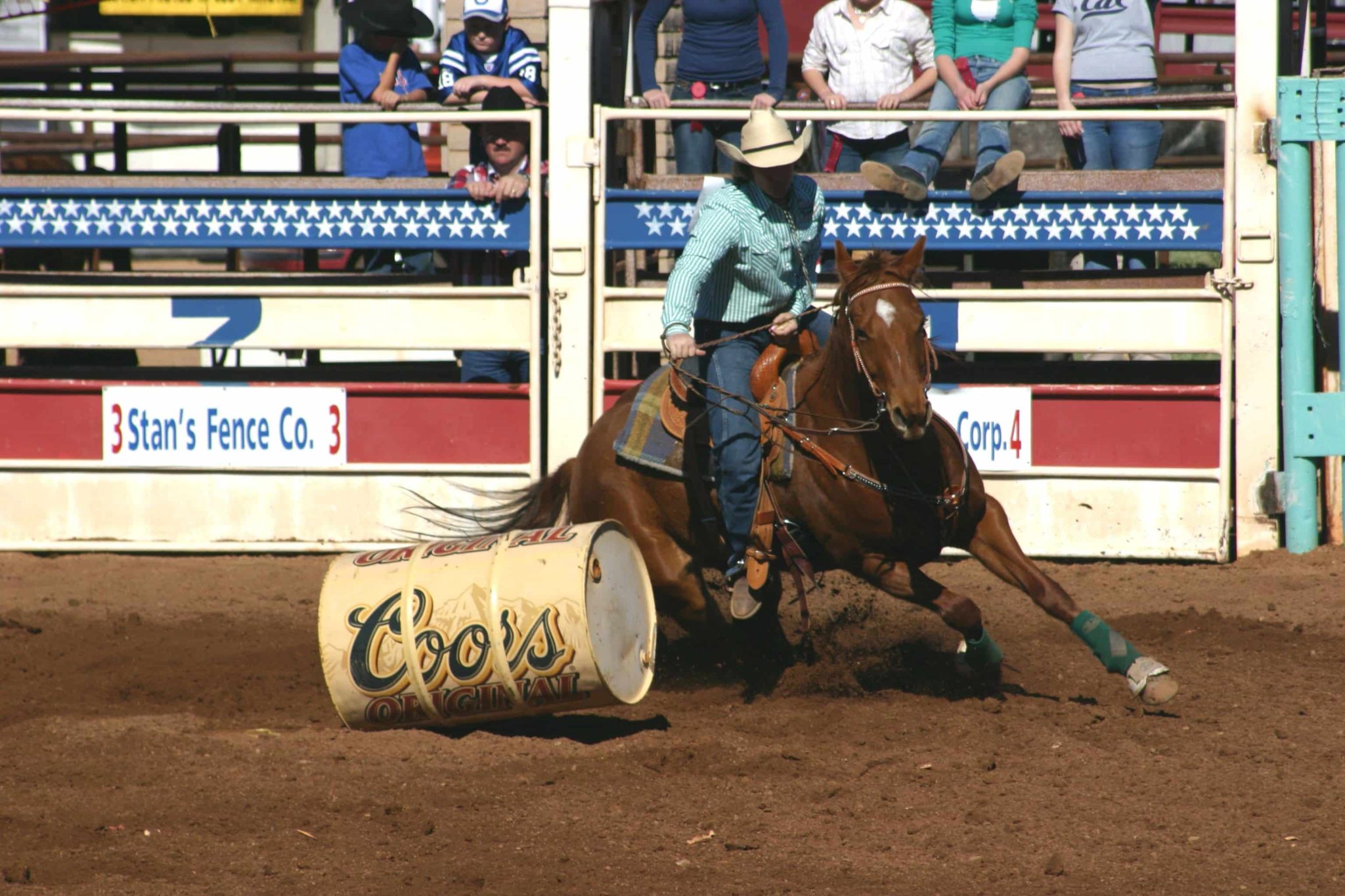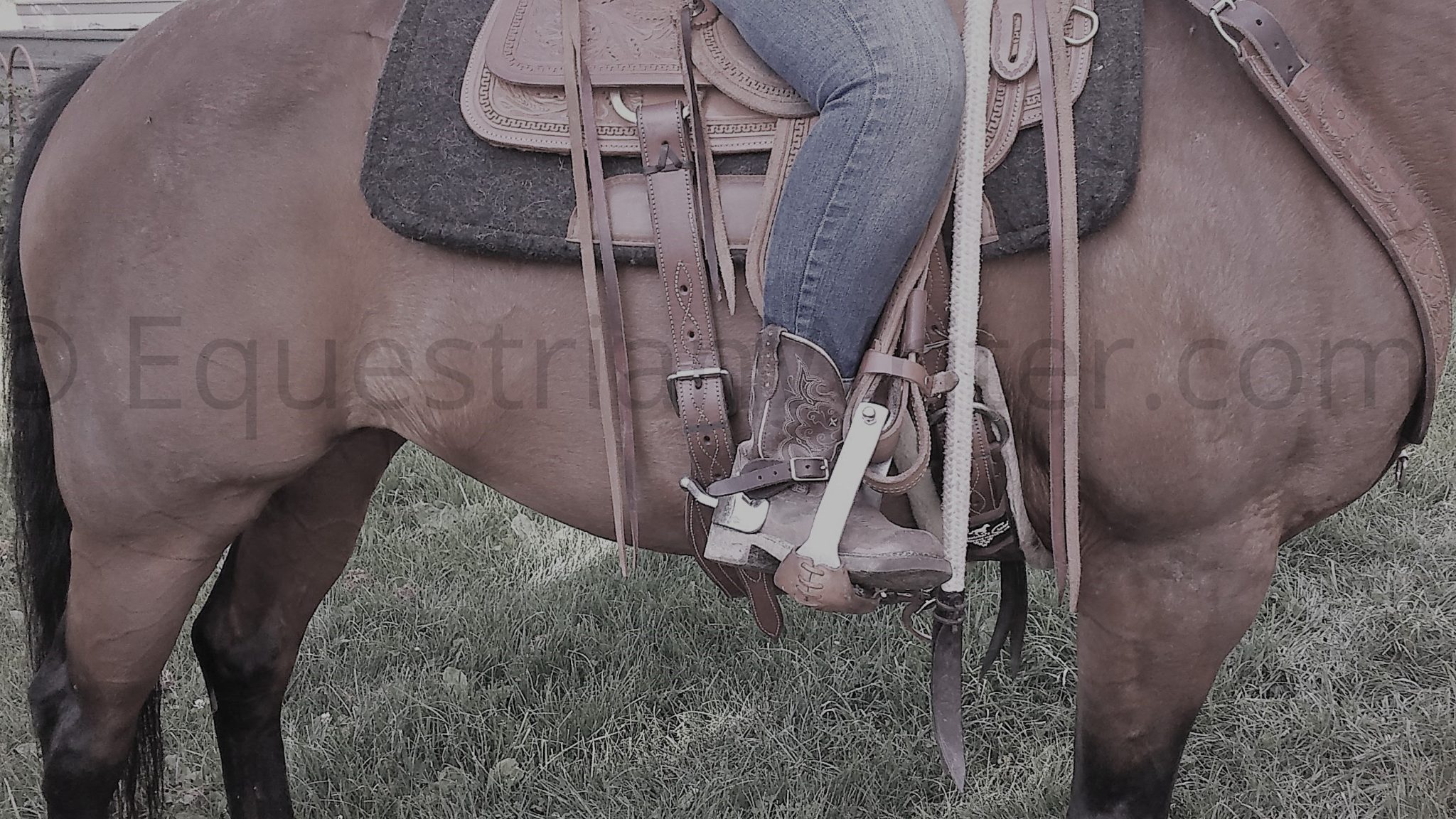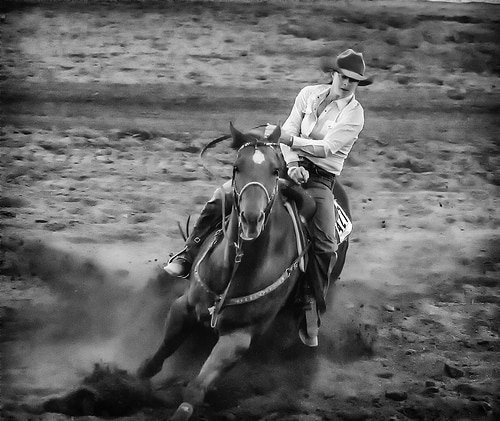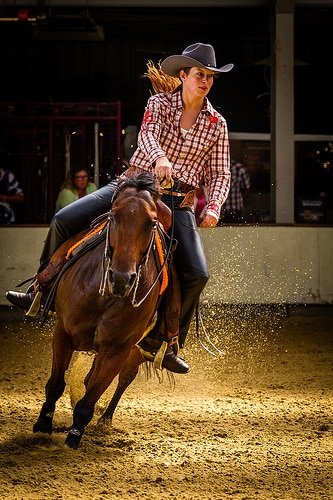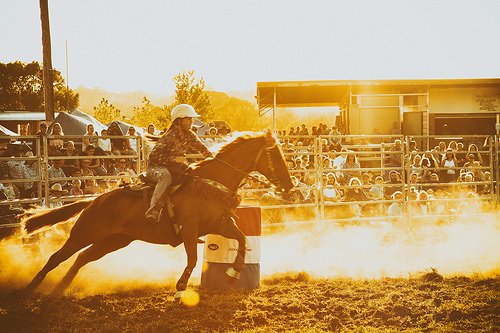
There are many different philosophies out there about how to “pattern” a horse on barrels or poles. One prevalent method that I see a lot though is what I refer to as the drilling method. It’s just what it sounds like. The horse is drilled on the pattern over and over until they know the pattern by heart.
The Theory Behind Drilling
The drilling method operates on the theory that horses need as much repetition as humans. Trainers use this method to identify weaknesses in the horse’s pattern so they know what they need to work on and correct. Horses are drilled on the pattern until they can get it right every single time. Some trainers only use it in the early stages of training while others use it all throughout the horse’s career with many coming in somewhere in between the two extremes.
Pros
The drilling method gives the rider a lot more practice on the pattern. This is one thing that makes this method so popular with younger or less experienced riders. In some cases, the drilling is less for the horse and more for the rider.
Some trainers prefer to season their horses as much as possible before throwing them in to the show pen as some of their horses might need the confidence boost. Horses are like people, they all have different learning styles, so some horses may prefer this method.
Cons
Some horses may learn well with this method. But, in my experience, it creates most of the problems that it is used to fix.
Most horses don’t need near as much repetition as their humans. Every horse I’ve had hated drilling. Horses that don’t need much repetition sour very quickly. They start picking up bad habits like dropping their shoulder and not rating with the hind end. This leads to more drilling to fix the problems and it becomes a vicious cycle.
An Alternative to Drilling
My preferred method is breaking the pattern down into its individual pieces. A barrel pattern is more than just three turns and four straight lines.
[bctt tweet=”A barrel pattern is more than just three turns and four straight lines. It’s a dozen smaller pieces. ” username=”EW_Blog”]
Components of Patterns
- Rate
- Acceleration
- Shoulder control
- Ribcage control
- Hip control
- Suppleness through the poll and body
All these components can be taught and practiced outside of the pattern. Once they are mastered, it is simply a matter of stringing them together into a pattern. For many horses, with the proper foundation, they don’t need more than a few practice runs to get it right.
I prefer to use a “less is more” philosophy when it comes to practice runs. This method may not work for all people and all horses. But, it is a good alternative if you want to avoid drilling your horse on patterns.
Photo by Steve Glasgow






